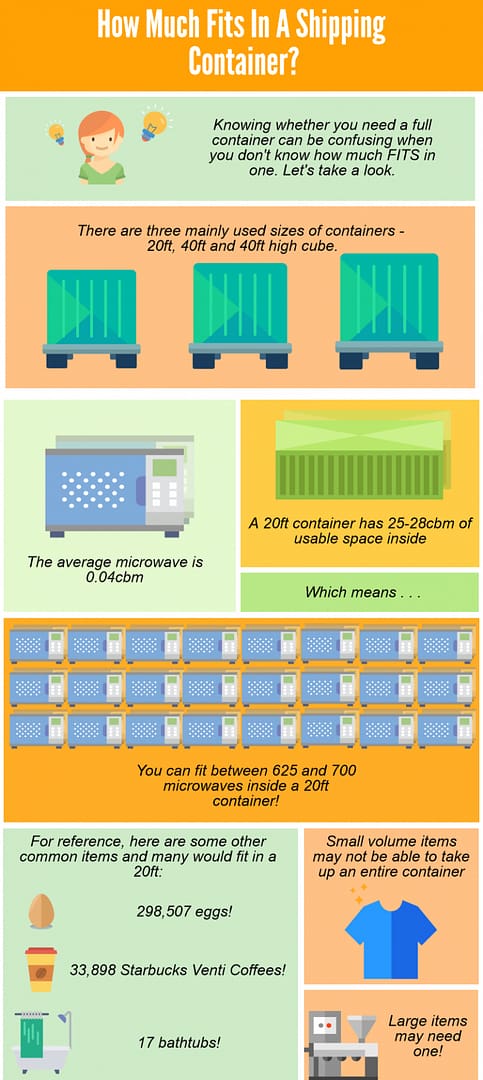Things To Be Aware Of And Prepare For When Shipping FCL

EN
BlogBy: CMTrans Aug 30,2024

You’ll have to plan ahead for unloading! Now, it’s a double-edged sword that your goods are only touched by your supplier and yourselves. As the goods are not moved from the container the chance of damage is reduced, however, delivery for FCL can be more complicated. When shipping via LCL your goods are delivered on a curtain-sided truck so you can unload with a forklift or on a vehicle with a tail-lift to drop the pallets to the ground. With full container load shipping your goods arrive in a container on the back of a lorry and you’re expected to unload them yourself….. probably by hand. If you know that your supplier has palletised the products then you can probably use a forklift and a pump truck (if you’ve got them) but it’s still not quite as easy as unloading a truck. The main take-home here is to PLAN AHEAD!
Difficult to import to FBA; due to the above reason, delivering an FCL shipment into Amazon FBA is way more difficult than importing an LCL shipment.
If you are shipping a large volume of goods, sometimes the FCL shipping process is the better/only option. When shipping FCL, you pay a flat fee for the use of the container instead of paying for the volume of your goods; this works out cheaper per cbm than LCL shipping, making FCL cost-efficient for larger shipments.

The main difference between FCL and LCL is that with FCL you rent out and use the entire container for your shipment, whereas with LCL you rent out space within a container.


CMTrans is the Best Freight Forwarder Parther in China, With The Best Price and Services Help You Shipping Goods From China to Worldwide.
Back to Top
Copyright © 2025 Jiangsu Chenmao International Logistics Co.,Ltd. All Rights Reserved
Design by BONTOP.